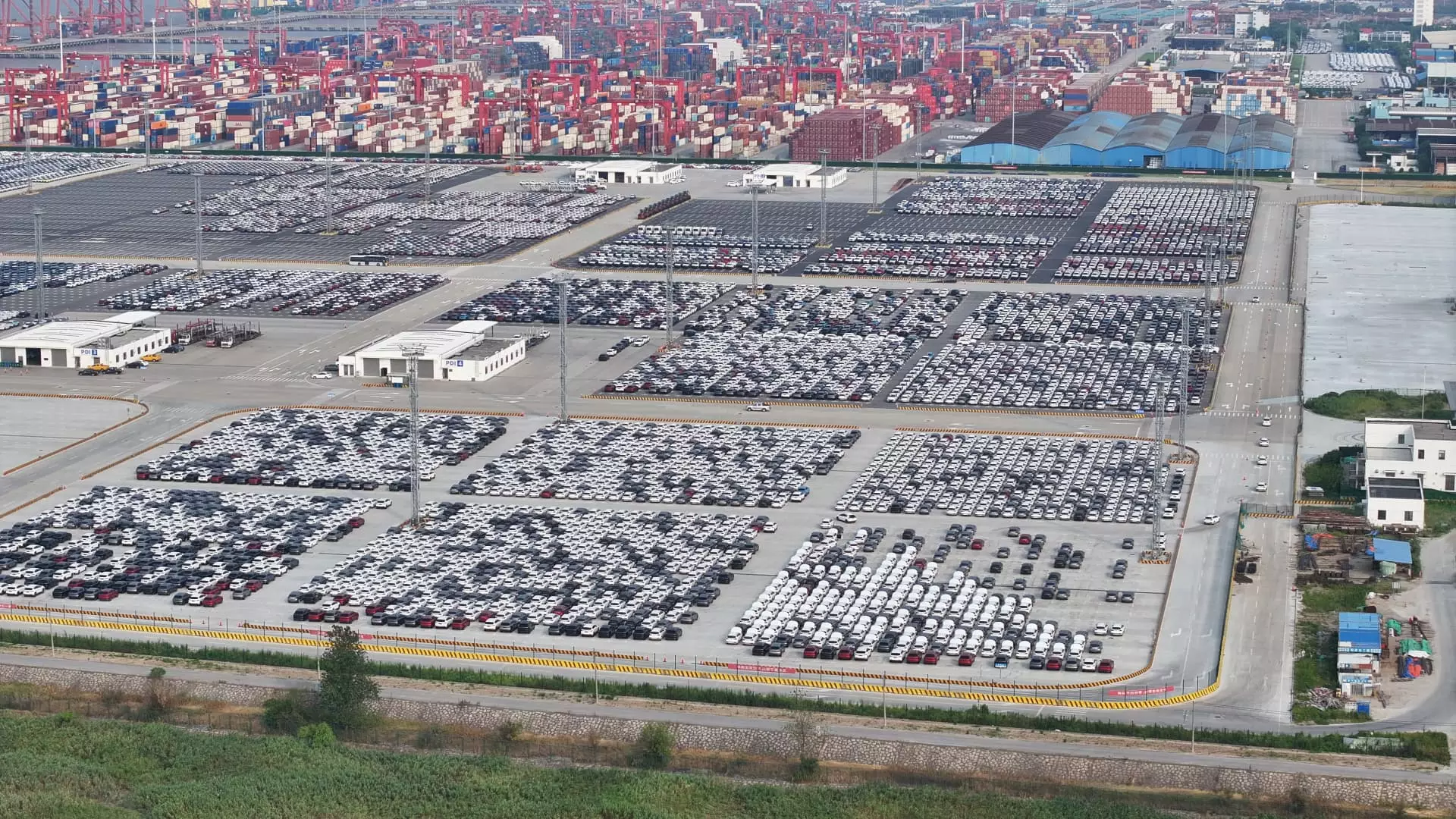China’s retail sales data for July exceeded expectations, with a 2.7% growth from the previous year. This outperformed the forecasted 2.6% growth, indicating a slight improvement in consumer spending. However, despite this positive outcome, there are concerns about the overall health of the economy given the mixed results in other sectors.
On the other hand, industrial production figures fell short of expectations in July, with a growth rate of 5.1% compared to the predicted 5.2%. This slower growth in the industrial sector raises concerns about the country’s manufacturing capabilities and its ability to drive economic growth.
Fixed asset investment for the first seven months of the year also fell below analyst forecasts, with a growth rate of 3.6% compared to the expected 3.9%. Particularly worrying is the decline in real estate investment by 10.2% year-to-date, pointing to a slowdown in the construction sector.
The urban unemployment rate in China rose to 5.2% in July, up from 5% in June. This increase in joblessness is attributed to pressure on the labor market, exacerbated by the effects of the ongoing trade war and economic restructuring. The official unemployment rate for young adults not in school was even higher at 13.2% in June.
Consumer prices saw a higher-than-expected increase of 0.5% in July, driven by a surge in pork prices. However, when excluding food and energy costs, the core CPI rose by only 0.4%, indicating weak underlying inflationary pressures. Import data showed a better-than-expected growth of 7.2%, while exports grew by 7%, falling short of forecasts.
China’s second-quarter GDP growth came in at 4.7%, below expectations and reflecting a challenging economic environment. Despite this, Beijing has not announced any major stimulus measures beyond existing policies. The government aims to achieve its annual growth target of around 5% by focusing on advanced technology and new growth drivers.
Chinese officials acknowledge the challenges facing the economy, both from external factors and internal structural changes. The country is undergoing a period of adjustment as it transitions towards high-quality development. The focus is on developing new growth engines and improving efficiency in various sectors to ensure sustainable economic growth.
China’s economic data for July paints a mixed picture of the country’s economic health. While retail sales showed some improvement, concerns remain about slower industrial production, weak investments, rising unemployment, and sluggish consumer demand. The government’s emphasis on long-term goals and structural reforms suggests a commitment to addressing these challenges and fostering sustainable growth in the future. It will be crucial to monitor future data releases to gauge the effectiveness of these policies in revitalizing the economy.


Leave a Reply